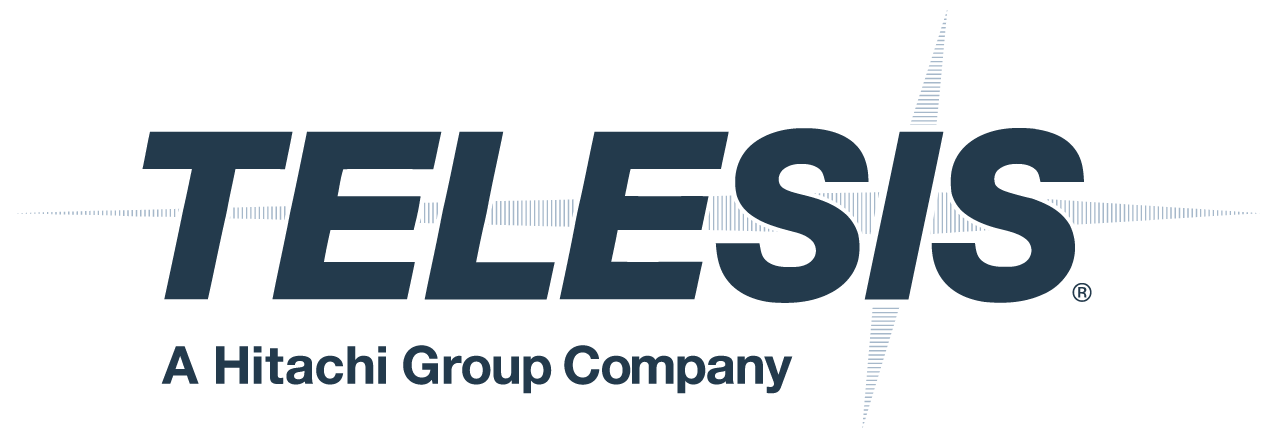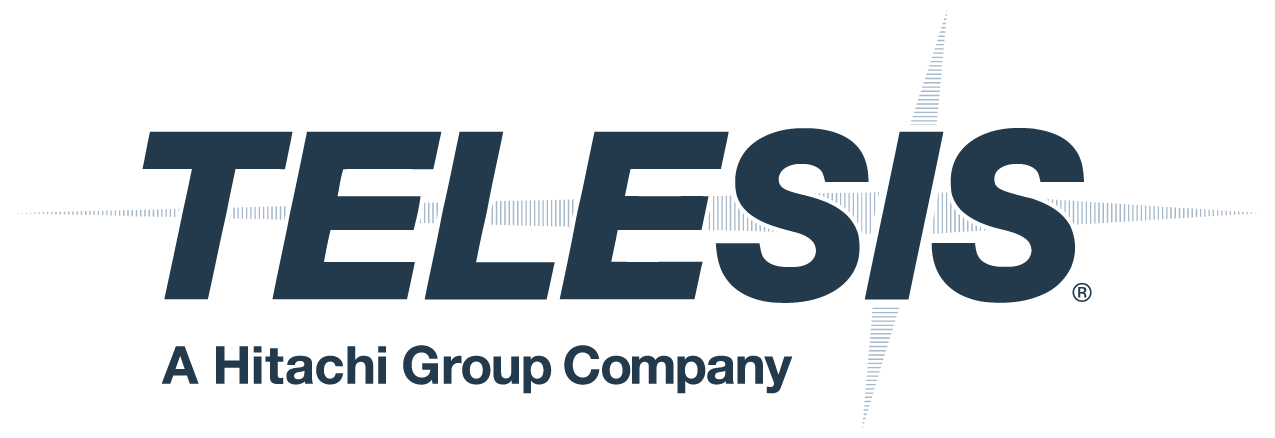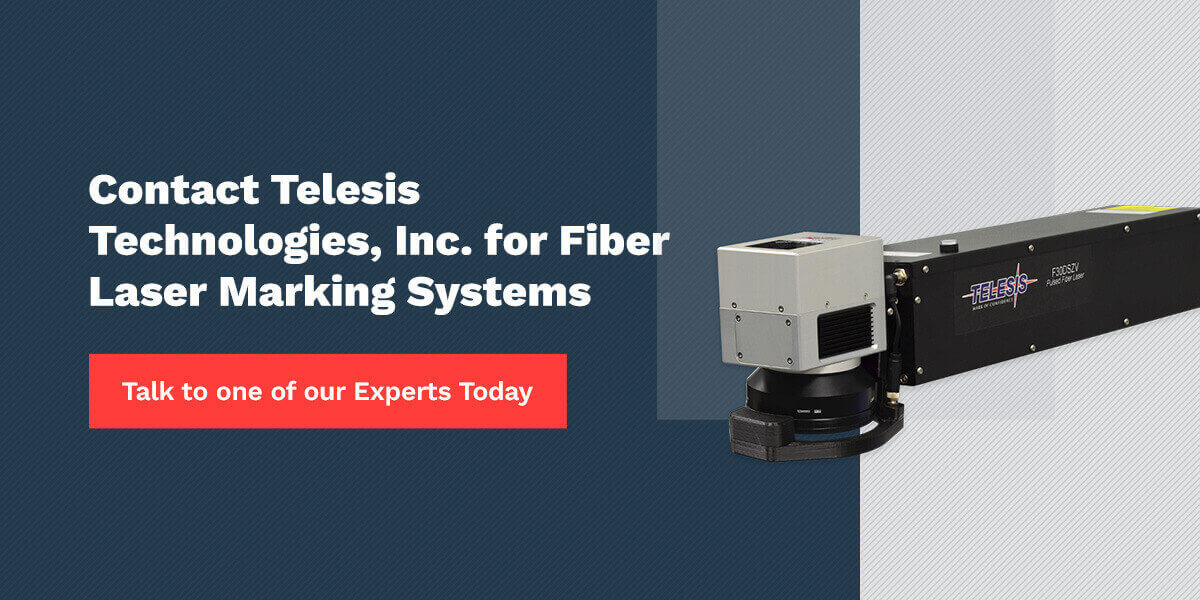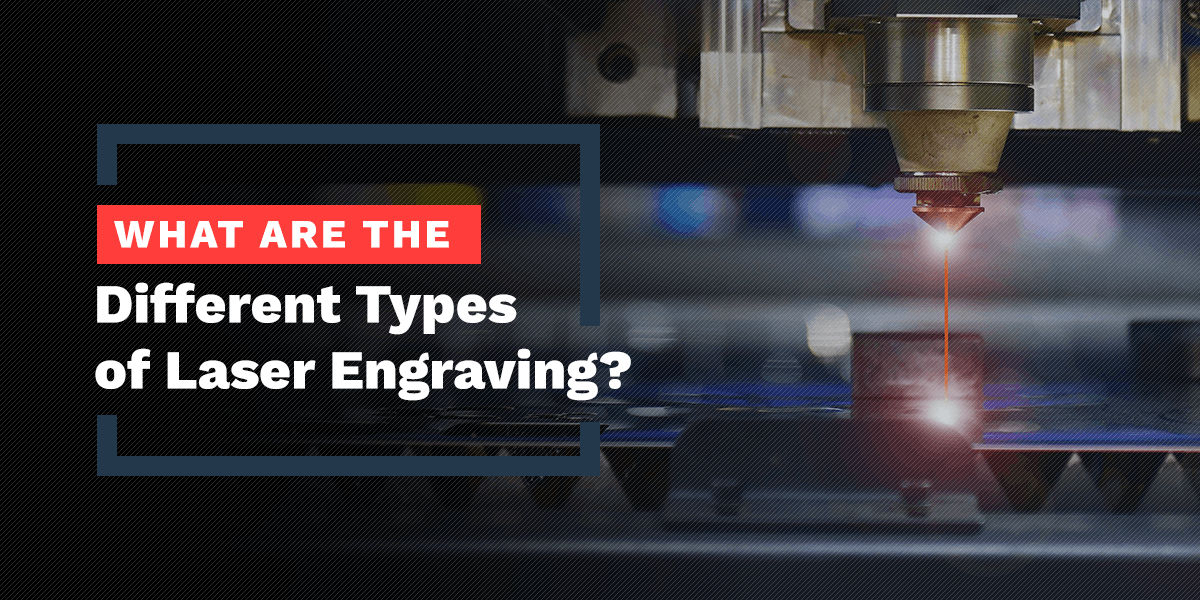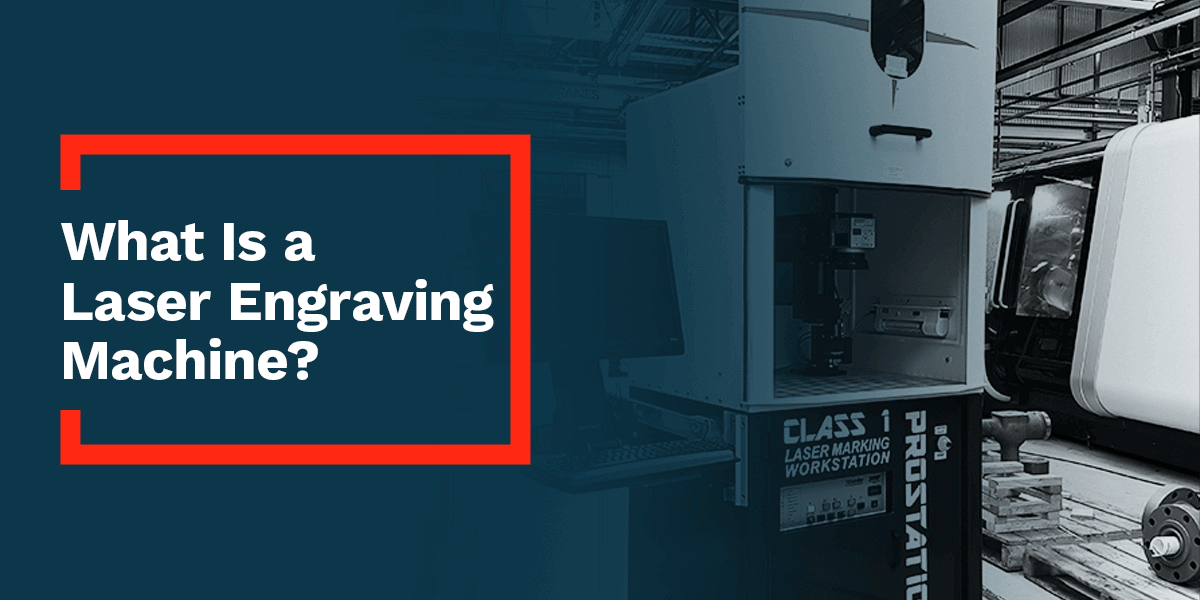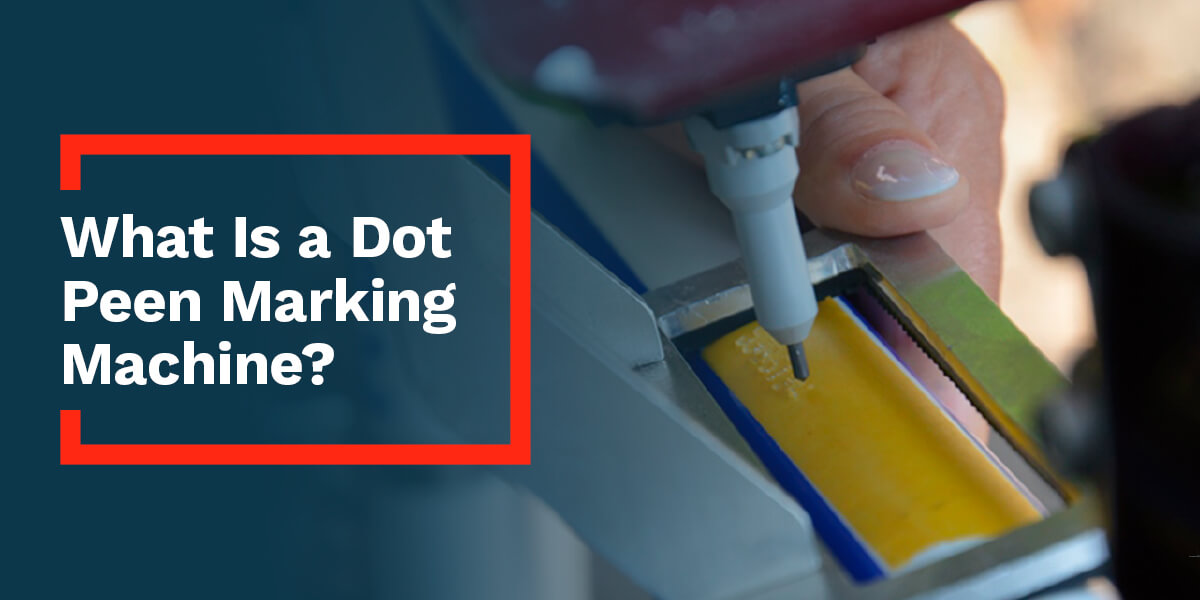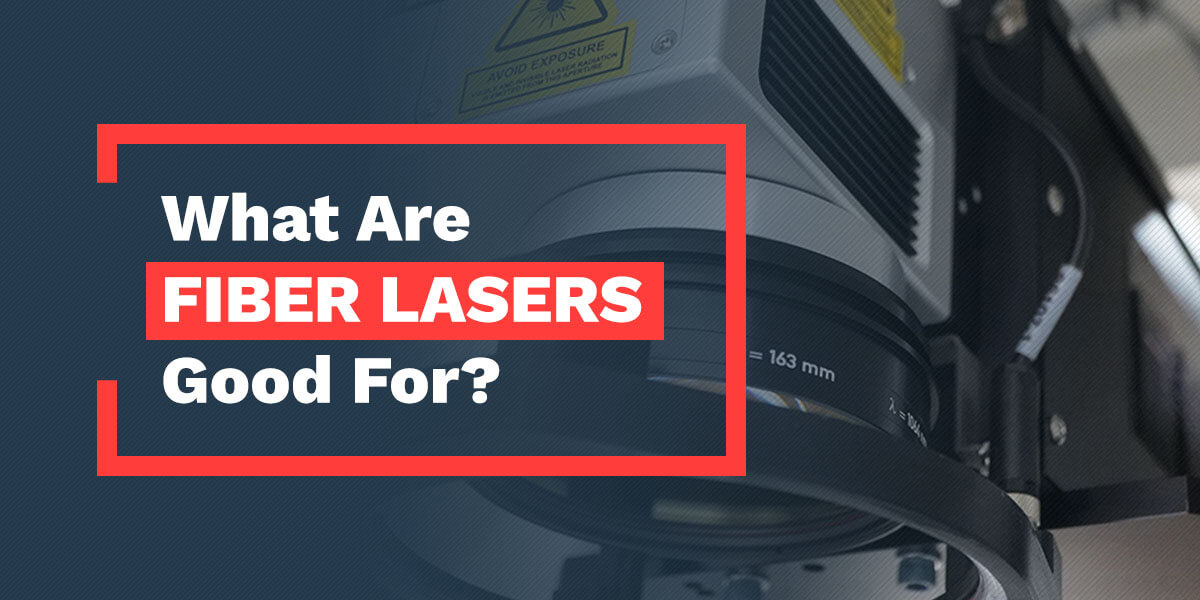
20 Dec What Are Fiber Lasers Good For?
In the world of lasers, few systems seemed to gain traction with users as quickly as the early fiber laser systems. That’s not a surprise. Fiber lasers represented a substantial leap beyond what was possible with earlier technologies, like the first pumped diode systems, or with established methodologies like the CO2 laser. But what, exactly, is a fiber laser?
For engineers and scientists, a fiber laser is a device where an optical fiber is doped with rare-earth elements, like:
- Dysprosium.
- Erbium.
- Nolmium.
- Neodymium.
- Praseodymium.
- Thulium.
- Ytterbium.
But for non-engineers and the less-than-scientifically-savvy, that explanation leaves much to be desired. So, let’s explain.
Dirt, Not Gas
Traditionally, gas sits at the core of a laser. A CO2 laser, for example, uses carbon dioxide. That allows for an infrared beam with wavelength bands centering on 9.4 and 10.6 micrometers.
That beam level can cut a variety of materials. CO2 lasers are also useful in medical situations, such as soft-tissue surgery or dermatology.
A fiber laser swaps out gas with a silica glass optical fiber. That fiber is then “doped” when a tiny bit of one of the rare-earth elements is added to it. The atoms that make up the laser medium are then housed within that rare-earth-doped fiber. The emitted photons are confined within the doped fiber core.
Why Choose a Fiber Laser?
Fiber lasers have a principal advantage over their rivals — stability. A fiber laser produces a beam inside the core, so beam delivery doesn’t require sensitive or complex optical equipment.
A normal laser, on the other hand, either uses an optical fiber to move the laser beam or uses mirrors to bounce it around. While either approach works, both require highly precise alignment. Conventional lasers are sensitive to impact and movement. Once things misalign, a specialist has to set things right.
A fiber laser has no such sensitivity. It can handle the knocks, bumps and vibrations of any assembly line. Additionally, confining a laser beam to the doped fiber core keeps the beam compact and straight. That, in turn, allows for small and precise focusing. As a general rule in lasers, the smaller the dot created by the beam, the more effective it is for cutting.
A fiber laser is also power-efficient. It can convert nearly 100% of the input it receives into the beam, thus limiting the power converted into heat energy. This helps protect the fiber from heat damage or fracture. All of this adds up to a robust laser requiring next to no maintenance.
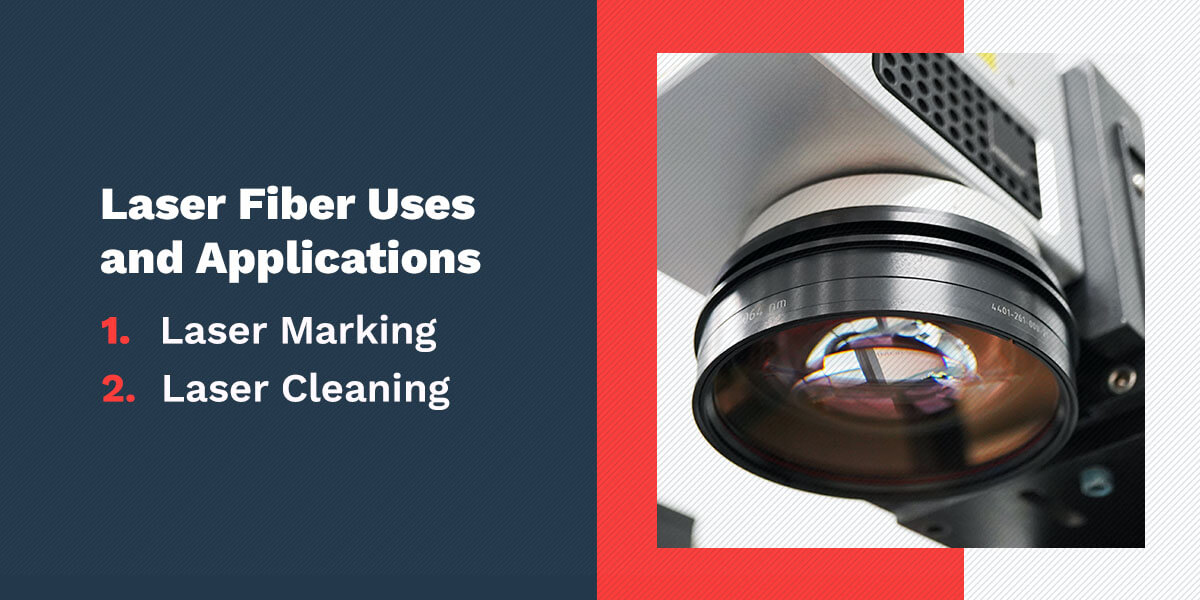
Laser Fiber Uses and Applications
Fiber lasers can produce various wavelengths, opening them up to numerous industrial tasks — marking, cleaning, drilling and texturing, to name a few. You’ll find them in many industries, such as medicine, telecommunication, automotive, dental and electronics.
Fiber lasers offer the following advantages for marking, cleaning and other laser applications:
- High stability, speed and efficiency
- Excellent beam quality
- Non-contact process and reduced operator redundancy
- Low operating cost
- Simple integration
- Less power usage and material waste
- Easy beam absorption that prevents reflection damage
Fiber lasers have a wide range of power outputs, making them ideal for various applications. Here are a couple of their uses.
1. Laser Marking
Laser marking or engraving uses a concentrated light beam to create a permanent mark on a surface, such as a barcode, logo or other means of identification. Ytterbium-doped laser fibers with a 1,064-nanometer emission wavelength are well-suited for laser marking.
They can be manual or automated, creating durable, high-contrast marks on metal and plastic surfaces. These fibers can easily adjust to fast production cycles, making them a popular choice for original equipment manufacturers and suppliers.
2. Laser Cleaning
Laser cleaning is the process of removing rust, paint, oxide and other debris from metal surfaces. Fiber lasers make this process more efficient, effectively cleansing metal surfaces of these substances. Additionally, you can customize and automate the cleaning process for different production line conditions and requirements.
Telesis and the Fiber Laser
Fiber lasers have a long history. Elias Snitzer first invented them in 1963. However, the first commercial models didn’t appear on the market until the late 1980s. And Telesis was there.
Our first model was the Ytterbium Fiber Laser. It used an approach that had gained acceptance in communications, but we recognized it could be adapted for use in marking materials. It was an earth-shattering development. This new laser marking style was the most advanced technology of its era.
Its robust nature contributed to its primary breakthrough. The Ytterbium Fiber Laser produced run times of 20,000 hours and higher. So successful did the technology prove that it is still widely used in surface marking today.
We then developed the Vanadate laser system. This system uses a crystal made of vanadate (a compound of the chemical element Vanadium) with fiber-coupled diodes. The Vanadate Laser produces a high-quality beam, creating extraordinarily fine lines on a remarkably wide range of materials.
Today’s Models
Today, Telesis manufactures and sells several varieties of ytterbium Q-switched fiber lasers for product marking. Our powerhouse models are the Fiber Series. These lasers have average power levels of 10-100 watts. They use a metal-sheathed fiber optic cable to deliver a high-power beam.
Recently, we released an entirely new product line aimed at reducing costs while boosting speed throughput for manufacturing customers. The idea behind the Dual-Head Pulsed Fiber Laser Marking System is simple — let one person using just one personal computer operate multiple lasers simultaneously.
Despite that simplicity, the Dual-Head system maintains the beam quality of Telesis fiber lasers, plus a 100,000-hour mean time between failures (MTBF) diode reliability. The Dual Head system is entirely air-cooled and powered from a single-phase power outlet.
Most importantly, the Dual-Head system allows for an easy transition from more traditional numeric code printing to state-of-the-art 2D Matrix printing that can encode large amounts of traceability data.
Major manufacturers are seeing the benefit. The Dual Head System has been deployed and tested by leading manufacturers, such as Harley-Davidson® Motorcycles and Nissan® Motor Co. Ltd.
Next-Generation Fiber Lasers
In the rapidly changing world of fiber laser technology, no company can rest on its laurels — not even a company like Telesis. Our latest breakthrough has only recently entered production — the 100-Watt Fiber Laser system.
The engineering community has long been aware of 100-watt fiber lasers’ extraordinary power. However, folks in the C-suite know laser systems with that power level have been too pricey for all but a few. That’s why we tasked our world-class team of scientists and engineers with creating an affordable version of such a system.
Remarkably, they have done so.
Our new high-power fiber laser makes deep (0.3 millimeters) marks in a single pass! That speed and depth make the 100-Watt laser perfect for applications like creating vehicle identification number (VIN) marks in the automotive industry or part identifiers for avionics.
Manufacturers are excited. We sold three of these new fiber laser systems while they were still being tested!
Next?
With the breakthrough of the 100-Watt Fiber Laser, it’s tempting to say the industry has reached its pinnacle. What more could anyone possibly expect from a fiber laser?
We intend to find out.
Our engineers know that the robust nature and precise beams of fiber laser machines indicate a future of faster, less expensive marking devices.
In fact, they have a few surprises up their sleeves already. Stay tuned.
Contact Telesis Technologies, Inc. for Fiber Laser Marking Systems
If you’re looking to reap the benefits of fiber laser technology, choose Telesis Technologies, Inc. as your provider. Offering a large variety of permanent marking and traceability solutions, we’re ready to deliver a fiber laser marking system that speaks to your needs.
With the highly versatile and adaptable Telesis Fiber Series Laser Marking System, you can enjoy:
- Outstanding beam technology.
- Incredible performance.
- Durable construction.
- Minimal maintenance.
- Unmatched stability.
This solution comes in a compact, modular package, making it simple to integrate into your operations. The Telesis Fiber Series Laser Marking System is ideal for plastic and metal processing applications, offering direct, efficient and precise part marking. It also doesn’t require water cooling.
Whether you work in automotive, aerospace, food and beverage, medical device manufacturing or another industry requiring laser marking, Telesis Technologies is a fiber laser marking machine supplier you can trust. To learn more about upgrading your product marking applications with our innovative fiber laser technology, talk to one of our experts today.
Discuss your part marking needs with an expert today // Download the Telesis Product Guide

